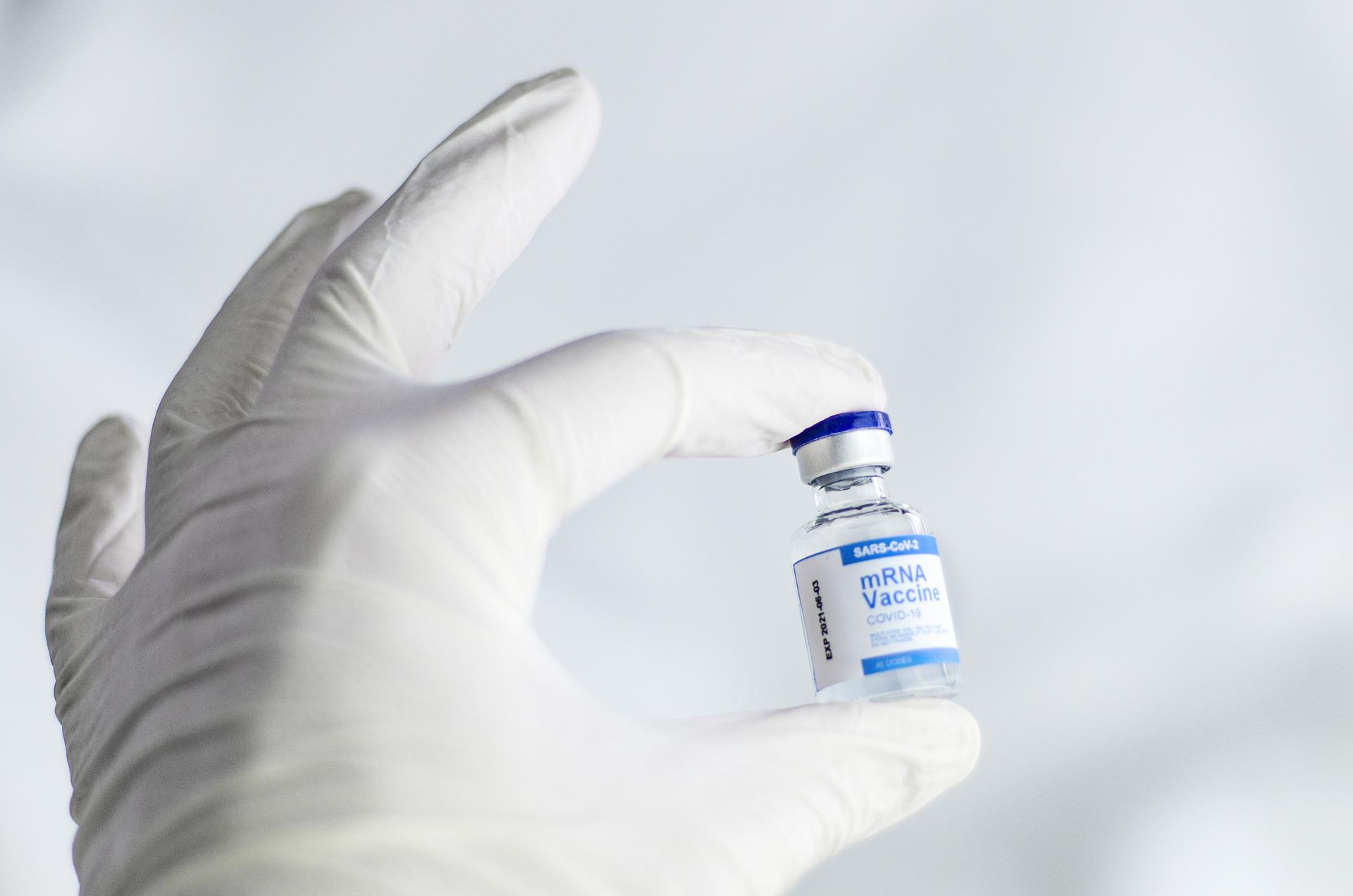Which Covid-19 Vaccine Is ‘Best’? Why Do Some People Have Side Effects?
With the first case of a Covid-19 infection officially registered in China in December 2019, the virus has taken the world through a very rough ride for more than a year now. Lockdowns, restrictions on public movement, physical distancing, and the frequent compulsory use of masks and sanitizers are some things that almost everyone’s been witnessing for the first time except for a handful who’ve lived through the Spanish flu pandemic in 1918. This unprecedented crisis had various governments trying their best to build isolation centers, hospitals and ramp up testing to control the contagion. Simultaneously, for the first time in history, corporations were allowed to fast-track the speed of manufacturing and testing their vaccines. This led to numerous Covid-19 vaccines being produced within approximately a year since the pandemic started, the first of which was developed by Pfizer-BioNTech followed by Moderna and then Oxford-AstraZeneca. India on the other hand, shortly launched CoVaxin, a covid-19 vaccine produced by Bharat Biotech in collaboration with the ICMR.
While ‘fast-tracking’ or speeding up the development and trial process brought about Covid-19 vaccine in under a year to the general public under emergency use authorization, the two major concerns of the people and various governments were the efficacy and the safety of the vaccines. After all, the efficacy and the safety of these vaccines have been determined on the demographic structure of only one country. While Pfizer-BioNTech and Moderna had both conducted their trials largely in the United States, it was only Oxford- AstraZeneca that had conducted human trials in Europe as well as in India partnering with the world’s largest vaccine manufacturer by volume, Serum Institute of India. Efficacy of the vaccine, being one of the most important concerns, since it determines the probability of success of the vaccine, was found to average at around 95% for both Pfizer and Moderna, while the Oxford vaccine showed a varied efficacy of 90% and 62% amongst various groups and the time gap between the two shots, which then later averaged out to 76%. But while the efficacy of the Oxford vaccine seemed lower than its counterparts at Pfizer and Moderna, it was deemed to be safer than them based on the mechanism on which it works. Additionally, because of the mechanism of the vaccines produced by Pfizer and Moderna, they had logistical constraints, which only allowed their vaccines to be shipped at temperatures of -70C and -20C respectively, while the Oxford vaccine could easily be shipped at temperatures between 2C-8C.
So while the Oxford Covid-19 vaccine marked its presence in various countries, most of which were middle-high income countries, Pfizer and Moderna did the same in the countries which had deep pockets, and thus they successfully have been able to manage to seal a decent profit from such countries for their vaccines, while Oxford has been agreeing to sell it’s vaccines with a zero profit margin till Covid-19 is denotified as a pandemic by the World Health Organisation.
While the efficacy of these leading vaccines being at par with various regulatory bodies, the only other concern remains the safety of these vaccines. It was doubted by many experts that these vaccines would have some sort of side effects once the mass vaccinations started, and it did show some of those instances in various countries. The major concern of side effects laid on the vaccines produced by Pfizer and Moderna, because of their use of a new vaccine mechanism, while the Oxford vaccine was considered comparatively safer, owing to its traditional development process. With the mass vaccination programs inaugurating in various countries under the emergency use authorization provision, various side effects of these vaccines were quite evident. As per a report by Statnews, both Pfizer and Moderna vaccines have, on rare occasions been triggering anaphylaxis, which is a severe and potentially life-threatening reaction. Similar occurrences of major side effects were noted down in various countries including the UK and the United States when the mass vaccination programs were started, so much so, that the regulatory bodies of both these countries had to put out a notice of probable side effects of the vaccines. Similarly, recent developments in various countries in the European Union and Canada have restricted the use of the Oxford vaccine to people above the age of 55, owing to a side effect of this vaccine which results in blood clots. The above-stated probable adverse effects are amongst the major adverse effects which have come across as reported in various countries. Interestingly, a majority of these major adverse events have taken place in Northern Europe, Canada, and similar countries. India has vaccinated over 65 million people since its vaccination drive and the rate of adverse events according to the Ministry of Health and Family Welfare is only at a mere 0.5% of the doses administered. The only catch with this would be that India has been very narrow with its vaccine eligibility allowing only people over the age of 45 to get vaccinated. Another existing example would be that of Israel, which went on to be the fastest country to vaccinate a majority of its citizens with the Pfizer-BioNTech vaccine, didn’t report any major side effect at all, and is one of the countries which has resumed almost every economic activity and removed restrictions owing to the drastic decrease in the number of daily reported cases. Taking into consideration, the examples of all these countries, there have been 664,643,866 vaccine shots administered, with a very low serious adverse effect post-vaccination, and the majority of them being clustered in a handful of countries. While this data by NDTV may be relieving, one has to note that this is just the beginning of the vaccination stages, should one not wait to receive more data, transparency, and ample time to determine the complete side effects of these vaccines on the human body?









